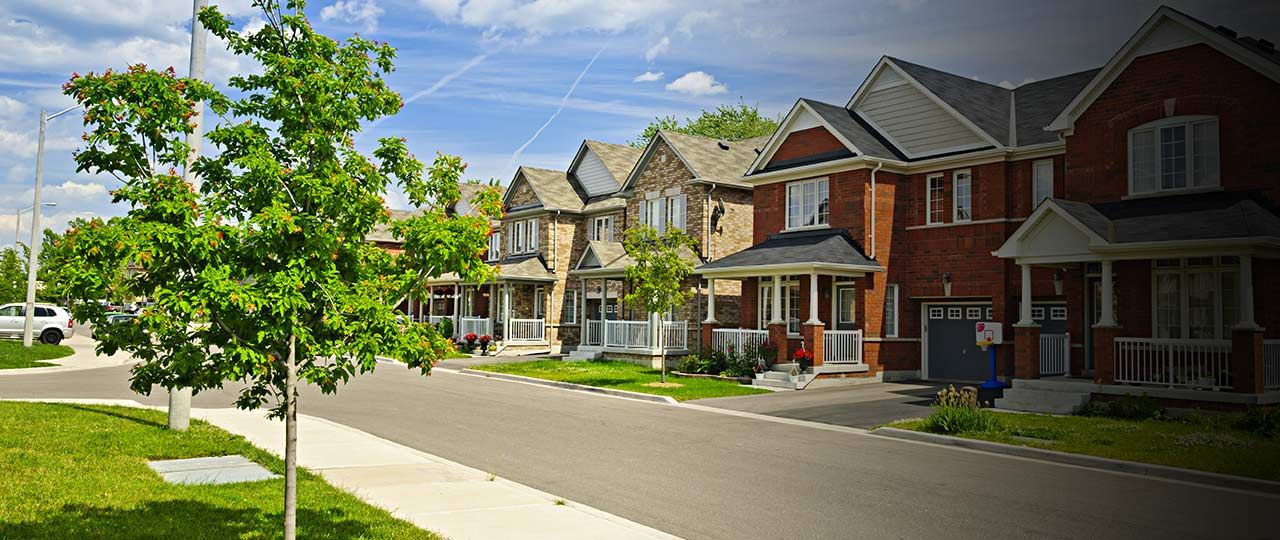
Development & Planning: Government consultation sets out measures aimed at ‘planning for the right homes in the right places’

Consultation proposals recently announced by the government provide detail on measures aimed at delivering the right homes in the right places. The proposals seek to take forward a number of the measures detailed in the Housing White Paper, published earlier in the year, including an ambition to publish a revised National Planning Policy Framework in Spring 2018. Sajid Javid, Secretary of State for Communities and Local Government, stated that the new approach will “provide a more robust starting point for making important decisions” and consider “how areas can work together where communities’ needs cannot be met locally”.
The consultation will run from 14th September until 9th November 2017 and covers a standard method for calculating housing needs, statements of common ground, housing mix, neighbourhood planning, viability assessment, and planning fees.
Standard method for calculating local housing need
A standardised methodology for calculating housing need will use a demographic baseline of annual average household growth over a 10 year period, adjusted to take account of market signals using the workplace-based median house price to median earnings ratio.
A cap on the level of increase in response to market signals will be applied, based on current status of the local plan in each authority area. For those authorities who have adopted plans in the last five years, it is proposed their new annual local housing need figure should be capped at 40% above the annual requirement figure currently set out in their local plan. For LPAs without an up-to-date local plan (adopted over five years ago) the level will be capped at 40% above whichever is higher of the projected household growth for their area over the plan period (using Office for National Statistics’ household projections), or the annual housing requirement figure currently set out in their local plan.
This standardised methodology will result in a revised national housing need of 266,000, including 72,000 in London.
In addition, when Local Plans are submitted, local authorities will be able to rely on the evidence used to justify their local housing need for a period of two years.
Local authorities will still be able to plan for a higher number than set out by the proposed method, for example where there is a desire to substantially increase economic growth.
In the absence of an up-to-date local or strategic plan, after 31 March 2018 it is proposed the new method for calculating the local housing need would apply as a baseline for assessing five year housing land supply, meaning that local planning authorities without an up-to-date local plan would not be able to factor land constraints into the baseline for establishing their five year land supply.
Transitional arrangements allow for current plan preparation to continue if the plan is submitted for examination on or before 31st March 2018, otherwise the new standardised method of calculating housing need should be used.
Statements of common ground
It is proposed to amend the NPPF to set out that all authorities should produce a statement of common ground as part the examination process on local plans, aimed at more effective co-operation on strategic cross boundary issues. This should be based on agreed housing market areas unless there is justification for an alternative approach.
Planning for a mix of housing needs
Plan makers should disaggregate housing need into the particular types of housing required. This will include families with children; affordable housing; self-build and custom-build development; student accommodation; travellers who have ceased to travel; and private rented sector and build to rent housing. This will specifically include the need to plan for housing for older people based on the current NPPF definition.
Neighbourhood planning
Local authorities will be expected to provide neighbourhood planning groups with a housing need figure, making a reasoned judgement based on settlement strategy and housing allocations if required. Where the local plan is out-of-date, neighbourhood plans should use a figure that reflects their proportion of the overall calculation of housing need based on the standard methodology.
Viability assessment
Local plans will need to set out the types and thresholds of affordable housing contributions, the infrastructure needed to deliver the plan and expectations for funding including developer contributions. It is proposed to amend the NPPF to state that where policy requirements have been tested for viability, the issue should not usually need to be tested again at planning application stage. This is on the basis that the cost of any policy requirements should have been considered when proposing a scheme. A standardised report or summary format for viability assessments is also to be considered.
Planning fees and other changes
The consultation sets out government’s intention to increase planning application fees by 20% at the earliest possible opportunity including allowing a further 20% increase where authorities are delivering the homes communities need. Potential actions to further increase build out rates and guidance when a planning application may be refused on grounds of prematurity are also to be considered.
